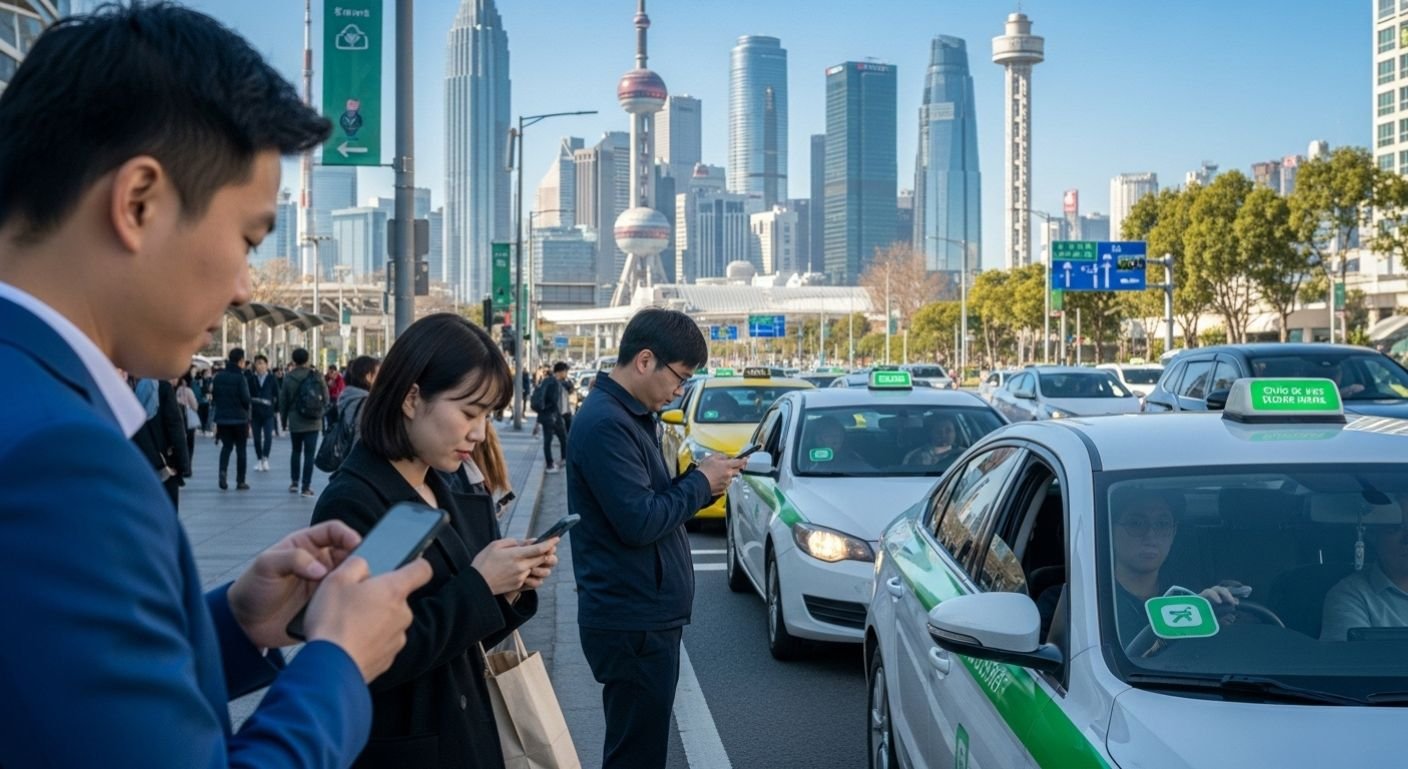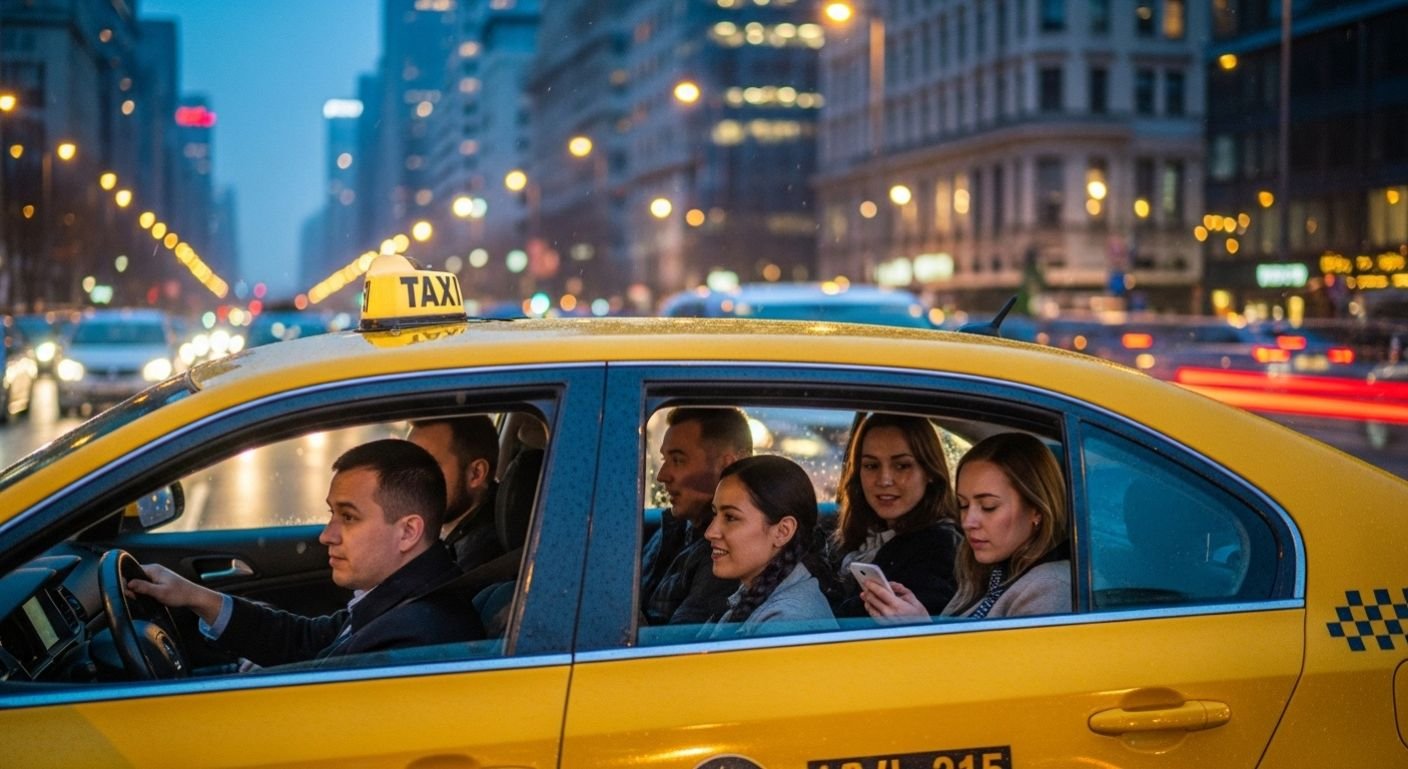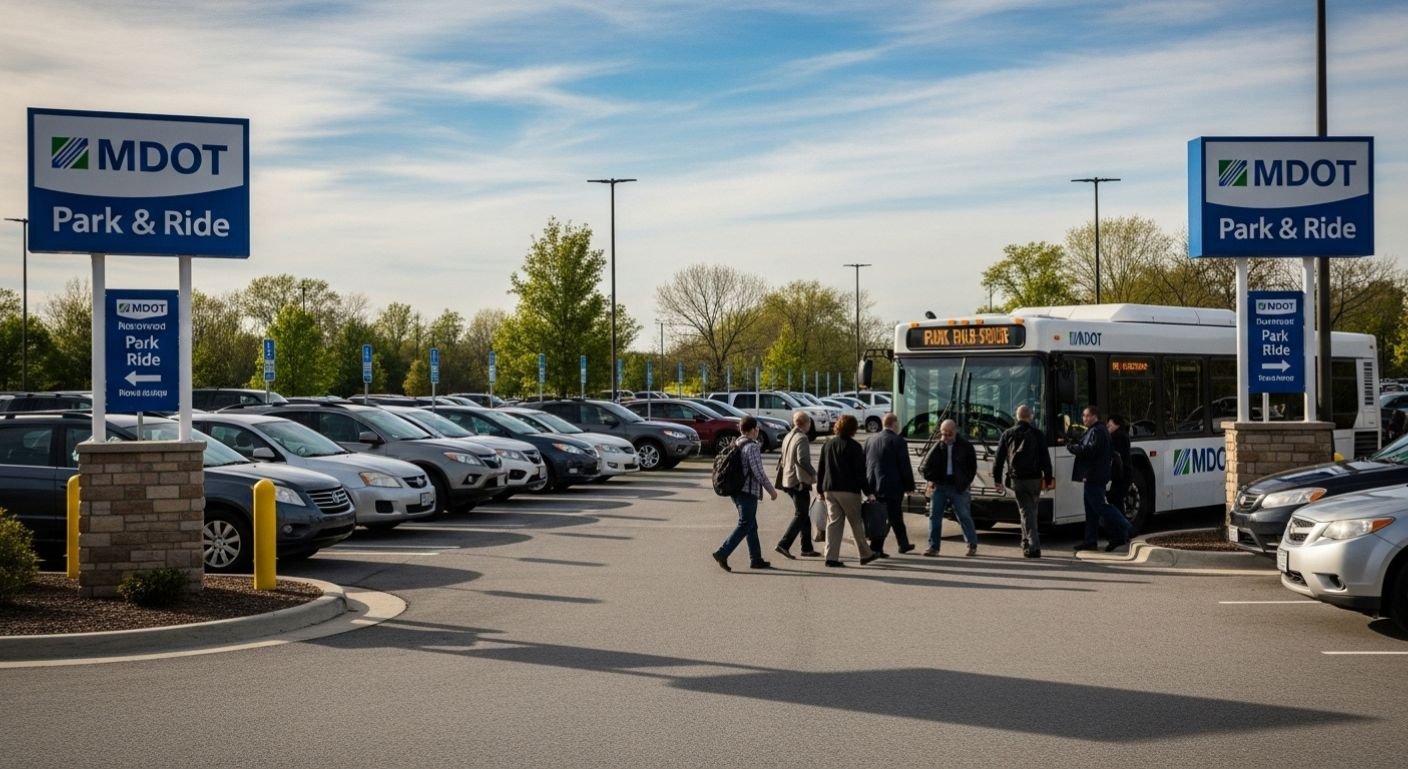Contents
- 1 Introduction to Ride-Hailing and Traditional Taxis
- 2 The History of Lyft and Taxi Integration
- 3 Benefits for Passengers: Convenience and Cost Savings
- 4 Benefits for Drivers: Increased Earnings and Flexibility
- 5 Challenges and Solutions for Integration
- 6 Impact on the Transportation Industry
- 7 Conclusion
- 8 FAQ
Introduction to Ride-Hailing and Traditional Taxis
The rise of ride-hailing services has transformed the way we think about transportation. Gone are the days when hailing a cab meant standing on a busy street corner, waving your arms with fingers crossed. Today, apps like Lyft have introduced a modern twist to getting from point A to B. But what happens when this innovative approach meets traditional taxi services? The integration between Lyft and taxis is reshaping the landscape of urban mobility.
As more passengers seek convenience and cost efficiency, both sectors are finding common ground. This collaboration offers an intriguing glimpse into how technology can enhance age-old practices, creating benefits for everyone involved—passengers and drivers alike. Join us as we explore this fascinating evolution in transportation and its implications for our cities.
The History of Lyft and Taxi Integration
Lyft began its journey in 2012 as a ridesharing platform, aiming to revolutionize urban transportation. Initially, it competed with traditional taxis rather than collaborating with them. This divide created tension in the industry.
As ride-hailing gained popularity, cities faced challenges balancing new tech and existing taxi regulations. Both sides recognized opportunities for synergy amid growing competition.
In recent years, Lyft has sought partnerships with traditional taxi companies in various markets. These collaborations allow passengers to book cabs through the Lyft app and tap into an established network of drivers.
This integration helps bridge the gap between two worlds—offering riders more options while supporting local cabbies who face declining fares due to rideshare services. The evolution reflects changing consumer preferences and a need for adaptability within the transportation landscape.
Benefits for Passengers: Convenience and Cost Savings
Passengers enjoy a new level of convenience with the integration of Lyft and traditional taxis. With just a few taps on their smartphones, riders can access multiple transportation options in one platform. This seamless connection reduces waiting times and enhances accessibility.
Cost savings also play a crucial role in this partnership. By combining ride-hailing services with established taxi networks, passengers often find competitive pricing. Traditional cabs have set rates that can sometimes be more economical during peak hours than surge pricing from rideshare apps.
Additionally, having various choices means riders can select the best vehicle type for their needs—whether it’s an economy car or something larger for group travel. This flexibility allows users to tailor their experience without sacrificing affordability or comfort.
Benefits for Drivers: Increased Earnings and Flexibility
For drivers, the integration of Lyft and traditional taxis opens up a new world of opportunities. They can tap into both ride-hailing and taxi markets simultaneously. This dual access often translates to increased earnings.
Flexibility is another key advantage. Drivers can choose when they want to work, allowing them to balance personal commitments with driving hours. Whether it’s early mornings or late nights, they have control over their schedules.
Moreover, there’s potential for higher demand during peak times. Events or rush hour traffic can lead to more ride requests, giving drivers the chance to maximize their income on busy days.
The ability to switch between platforms means less downtime as well. Drivers can quickly adapt based on real-time conditions in their area, ensuring that they’re always ready for the next passenger while optimizing their time on the road.
Challenges and Solutions for Integration
Integrating Lyft and traditional taxis presents various challenges. One major issue is the differing regulatory environments. Taxis are often subject to strict local regulations, while ride-hailing services operate under different rules.
Another challenge lies in technology compatibility. Traditional taxi systems may not seamlessly connect with modern app-based platforms, leading to inefficiencies in dispatching and payments.
Driver acceptance also plays a role. Some taxi drivers view ride-hailing services as competition rather than partners, creating tension within the industry.
Solutions do exist. Collaboration between regulators and companies can create hybrid models that benefit all parties involved.
Investing in tech upgrades for traditional cabs can enhance service efficiency and increase customer satisfaction.
Educational programs aimed at fostering understanding among drivers from both sectors could bridge gaps and promote cooperation moving forward.
Also Read Related Post:
Ridershare: Everything You Need to Know About Modern Ride-Sharing
Impact on the Transportation Industry
The rise of ride-hailing services like Lyft has reshaped the transportation landscape dramatically. Traditional taxi companies have had to adapt quickly or risk becoming obsolete.
With ride-hailing apps, passengers enjoy more options and improved service quality. This competition pushes traditional cab drivers to enhance their own offerings, fostering a better experience for riders.
Moreover, integration creates opportunities for collaboration between these two sectors. For instance, taxis can tap into tech benefits from rideshare platforms while still maintaining local market strengths.
The shift also impacts urban planning and infrastructure. Cities are reassessing parking needs and public transport routes as demand patterns evolve due to convenience-driven choices.
As both models coexist, they influence regulatory frameworks too. Policymakers must navigate this new terrain carefully to ensure fair practices and safety standards across the board. The future holds exciting possibilities as these modalities continue to merge.
Conclusion
The integration of Lyft with traditional taxis marks a significant shift in urban transportation. As both services adapt to each other’s strengths, passengers find themselves benefiting from increased convenience and cost-effectiveness.
Drivers are also experiencing a transformation. The added flexibility allows them to choose how and when they work, leading to potentially higher earnings.
While challenges remain—such as regulatory hurdles and competition—the collaboration between ride-hailing platforms and established taxi services brings fresh opportunities for all involved.
This synergy not only reshapes the way we commute but also sets the stage for future innovations in mobility. Embracing technology while respecting tradition could redefine our cities’ landscapes, ensuring that no one is left behind in this evolving industry.
FAQ
As ride-hailing services like Lyft continue to evolve, their integration with traditional taxi services is reshaping the transportation landscape. This partnership offers new opportunities for both passengers and drivers while addressing some of the industry’s long-standing challenges.
What is Lyft’s role in this integration?
Lyft acts as a platform that connects riders with taxi drivers alongside its own network of rideshare drivers. This allows users to book a traditional cab through the Lyft app, providing more options.
Are there additional fees when using traditional taxis through Lyft?
Typically, fares are structured similarly to standard taxi rates. However, it’s wise to check any potential service fees or surcharges before confirming your ride.
How does this affect wait times for riders?
The integration aims to reduce wait times by increasing the number of available vehicles on the road—both taxis and rideshares can respond quickly based on demand.
What benefits do taxi drivers gain from partnering with Lyft?
Taxi drivers experience access to a larger pool of potential customers via the app, which can lead to higher earnings. They also have flexibility in choosing when they want to work within different markets.
Are there any downsides for traditional taxis due to this collaboration?
While many benefits exist, some taxi operators express concerns about increased competition and fare wars that might undermine their established pricing structures.
Can I still hail a cab directly on the street if I’m using Lyft?
Yes! The application allows you either book ahead or hail an immediate ride directly from your location—just like processing a typical street pickup.
Will other ridesharing companies follow suit in integrating with local cabs?
It’s possible; as consumer preferences shift toward convenience and efficiency, other companies may explore similar partnerships in various markets around the world.




